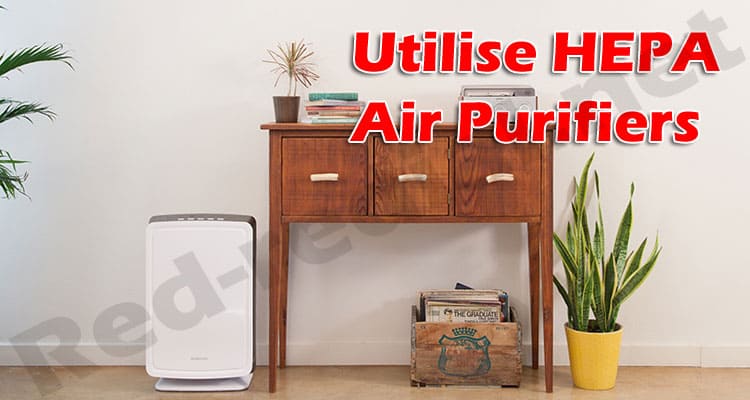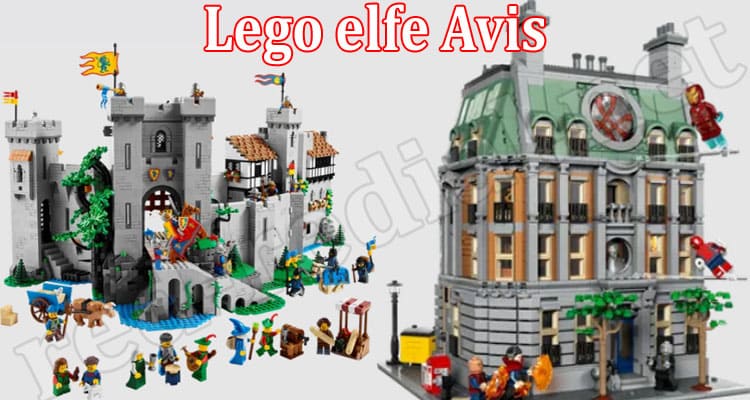The Best Ways to Utilise HEPA Air Purifiers
The Best Ways to Utilise HEPA Air Purifiers: Do you feel ill from stale and unsanitary indoor air?
Clean air is essential to health. But many will argue that clean air is not possible these days due to the constant presence of toxins and air pollution. Even the most pristine environment, room or air can still have airborne particles and dirt that can be detrimental to your health or worsen existing health issues. For this reason, air purifiers are great because they significantly decrease the concentrations of pollutants.
Rensair air purifiers have HEPA filters that clean and purify circulating air. HEPA or high-efficiency particulate air is an air filter that cleans the air by trapping particles. Read on to know the benefits of a HEPA air purifier and how to make the most out of it.
Types of Air Purifiers
Most air purifiers are built with HEPA filters. Some air purifier models incorporate other filter types, such as activated carbon or UV light. Certain cutting-edge air purifiers even include two or three types of these filters. This section discusses the different types of air purifiers and how they function.
- HEPA Filters
Air purifiers with HEPA filters capture pollutants as tiny as 0.3 microns. These tiny particles are invisible to the naked human eye. The smallest particles that can be seen are at least 50 or 60 microns.
- Activated Carbon
Air purifiers that use activated carbon filters trap odours. However, they may not be as effective as the HEPA filters in capturing viruses and bacteria.
- Electrostatic Precipitators
Air purifiers with electrostatic precipitators utilise high-voltage electrical energy that charges the particles passing through the filters. The electrostatic plates must be changed regularly to maintain the filters’ efficiency. The drawback of using electrostatic precipitators is the release of ozone, a reactive gas that can potentially damage your lungs.
- Ultraviolet Light Air Purifiers
These air purifiers have UV rays that kill airborne germs. In some cases, these UV light cleaners also release ozone. Therefore, you must check the specifications before purchasing this type of purifier.
- Ozone Generators
Air purifiers with ozone generators absorb odours, resulting in cleaner and fresher air. They sanitise the air for breathing, get rid of smoke from cooking and clear cigarette smoke. These air purifiers are typically used in hotels.
How to Maximise the Use of Air Filters
- Make Sure Fresh Outdoor Air Gets In
To ensure the safety of indoor spaces, outdoor air must replace the stale air inside.
For example, outside air is consistently pumped into commercial buildings via heating, ventilating and air-conditioning systems. In homes, outdoor air gets in through open windows, doors and various nooks and crannies.
To put it simply, the more fresh outside air is getting inside a building, the better. Bringing in air mitigates contaminants circulating in the building regardless if it is a virus or something else, thus reducing exposure of people inside.
An environmental engineer measures how much outside air is getting into a building by utilising the air exchange rate measure. This number determines the number of times the air inside the building gets replaced with outdoor air in an hour.
- Use Your HEPA Air Purifier CO2 Indicator to Measure Air Circulation
How do you know if your inner space has enough air exchange? This is a difficult number to calculate.
To give you an idea, you release CO2 into the air every time you exhale. As the coronavirus and other harmful pathogens are spread mainly by breathing, coughing or talking, you can utilise the CO2 level indicator to see if the room is filling up with potentially dangerous exhalations. The CO2 level enables you to estimate if enough fresh outdoor air is circulating.
CO2 levels are just about 400 parts per million (ppm) outdoors. A well-ventilated room must have around 800 ppm of CO2. Anything beyond this indicates the room might need more ventilation.
- Air Cleaners
Air cleaners are another term for air purifiers. These machines are built to remove particles from the air by using a filter that’s composed of tightly woven fibres. They capture particles containing bacteria and viruses and help decrease the transmission of diseases.
Experts believe that these air cleaners can neutralise coronavirus. But not all air cleaners are created equal. So, before you go shopping for one, consider these factors.
Firstly, you must check how effective an air cleaner’s filter is. It would be best to look for a cleaner that utilises a HEPA filter because this removes more than 99.97% of particles.
The second thing you must consider is the cleaner’s power. The more massive the room is or the more people are present in it, the stronger the air purifier has to work to clean the space.
What Are the Benefits of HEPA Air Purifiers?
- Cuts Down the Chances of Airborne Diseases
Diseases, such as the common cold and flu, are spread airborne via tiny pathogens floating around. When one person catches the flu, the others in the room or a household typically get sick too. This happens because everyone is breathing the same air infected with the bacteria or virus.
Air purifiers with HEPA filters can trap these bacteria and viruses. Once you remove the cause of airborne diseases, you safeguard people’s health. Moreover, if you live with older people, children or anyone with a weak immune system, air purifiers are non-negotiable.
- Improves Sleep Quality
Indoor allergens, including bacteria, fungi, dust and mites, can cause allergies or hay fever. A runny nose from hay fever can last several weeks. Sneezing, nose congestion and sore throat are common signs of allergies that disrupt your sleep.
Inadequate sleep causes lethargy that affects your productivity the next day. To prevent these sleep distractions, it is recommended to use HEPA air purifiers that filter out allergens. Clean and fresh air promotes a better night’s sleep.
- Removes Dangerous Radon
When radioactive materials in buildings, such as uranium, break down, they produce radon gas. This gas is colourless, odourless and emitted by building materials, such as rocks, soil and granite.
Examine cracks on floors, walls and plasterwork. Carcinogenic radon gas could leak into your environment via these cracks—radon gas damages the lungs’ cell lining leading to cancer.
However, according to the Australian Radiation Protection and Nuclear Safety Agency, the radon levels in Australia are negligible. This can be attributed to the house and building design in the country, which has better ventilation and fewer basements.
The Bottom Line
Air pollution has prompted the demand for air purifiers in residential and commercial settings. These machines decrease air pollution levels indoors. Nevertheless, take note that these filters have a limit to being effective. Some filters are only effective for 2-3 months, while others can work for a longer period. Check your air filter system regularly or have your unit professionally maintained to continue enjoying a clean indoor environment.




